

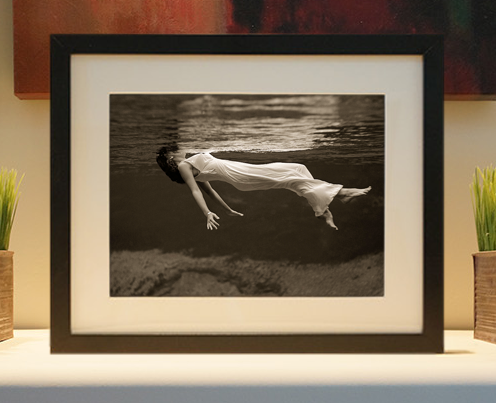
Framed or unframed, desk size to sofa size, printed by us in Arizona and Alabama since 2007. Explore now.
Shorpy is funded by you. Patreon contributors get an ad-free experience.
Learn more.

- The most dangerous fire escape I've ever seen
- Out of Place
- Sir Bedevere
- Witch way to the fire?
- Proud to be an old Coot
- That old scale
- Bowled Over
- Cat years?
- 'Why' Wyoming?
- His Master's Voice
- What! No dish under the skewer?
- Only in Hollywood?
- What's Up Doc?
- Destination?
- I'm pretty sure this was a voluntary program
- When I see chicken wire rabbit cages I think of three things
- The War Ears
- Eating the bunnies? Really?
- A love affair with a machine
- Hasenpfeffer
- Back support
- Hot type!
- Can you smell ... the news?
- Looking across the street and Flong
- Memories of my elderly hoarder neighbor
- Linotype in the Twilight Zone
- By Memory?
- Quiet place
- Line Of Type
- And no hearing protection
Printporium
Midtown Modern: 1958

May 1958. "Girl Scouts of U.S.A. building, Third Avenue and E. 51st Street, New York City. Exterior at night." 4x5 inch acetate negative by Gottscho-Schleisner. View full size.
Bug, ugh!
My high school girlfriend's mom had a new 1962 VW. It had the increased horsepower engine of 40 compared to the earlier 36. Whoopee! Just made it a noisy version of too slow. So, give me the Buick hardtop seen in the foreground or that lovely '56 Chevy across the street with the good ol' V8s producing Yankee power.
Today
Much different to the immediate west, but the tower landmarks it at upper right.

Re: A bug in the frame
The first Type 1 VWs (the famous beetle) were imported in 1949. They started to catch on during the 1950s and '60s, eventually becoming something of a symbol of the era and the countercultural movement. They represented a pretty clear thumbing of the nose to the giant land yachts being produced by Detroit during those years. The vehicles would evolve, but only slightly during their production.
The basic VW was the epitome of the 4 wheels and engine econocar. They came with a standard rear-mounted 4 cylinder flathead engine that was air cooled, and geared to an old school 4 on the floor manual transmission. In the later years with the 1600cc variant they could get you close to 60hp. The ones from the 1950s would likely have been closer to 50hp. Adequate for getting around town, but I'd take a deep breath before taking one on the highway. They had a fairly stiff suspension, so you tended to feel the road, all of it. They were not well insulted either from climate or noise. The heat was channeled from the engine and was anemic under the best of circumstances. A/C consisted of rolling down the window. Not surprisingly the cars were typically chilly in the winter and hotter than Hell's front porch during the dog days of summer. They had neither power steering nor anything we would call power brakes. At some point you could get a radio as an option. The vehicles were relatively light and gained a reputation for being good in snowy weather. They also got a reputation as easy targets for pranksters who would flip them upside down. Safety was not a great selling point. But fuel economy and price were. New ones often got high 20's for mileage which was damned good for that era. And you could pick one up for around $1,500 in 1960. While their mechanical reliability was never great, they were remarkably easy to work on and even today enthusiasts love them in part for how easy they are to fix and maintain.
By the late 1970s sales were declining as VW faced competition in the economy car market, chiefly from Japan. Production in West Germany ended in 1979. However it continued in Mexico for decades and the cars are still ubiquitous south of the border.
Almost a decade by then
The first Beetles were imported in 1949. By 1958 they were already on their third styling facelift with a much bigger back window. That looks to be an early "Split- Window", being from 1949-53.
It can be yours!
The entire building is offered for lease -- 115,000 square feet in Midtown!
But it does indeed remind me of that Kenner Girder and Panel set my childhood best friend had. Those are not so available.
A Bug In The Frame
Right outside the door no less!
Must be an early one. Not sure when VW exported them to the U.S. Maybe someone can enlighten me.
[Thanks SHRIKE: BAXADO]
The Curtain Wall Kid
That is a great International Style building. When I saw this today, I was reminded of the Kenner "Girder and Panel Building Set" I had as a child in the early '60s. I loved building things then and still do today. Armed with my Kenner and Gilbert Erector set, I could imagine and build anything!
Better neighborhood?
Think anyone would have built such a building on Third Ave while the El was still running?
Keeping the lights on
I can see where my cookie money went ...





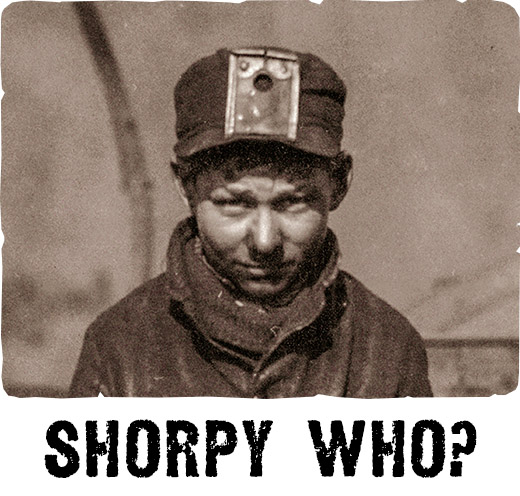
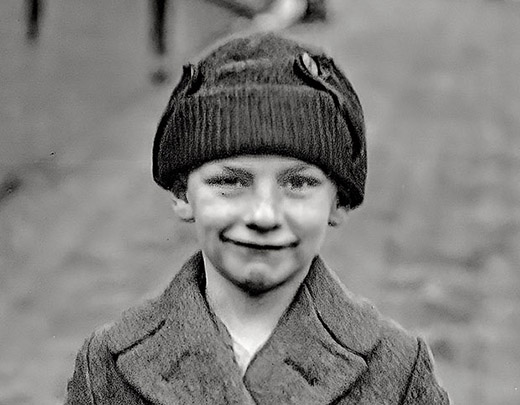
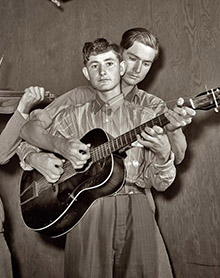
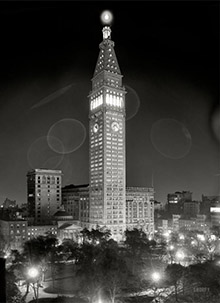
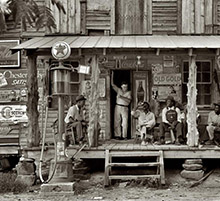
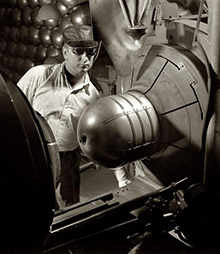
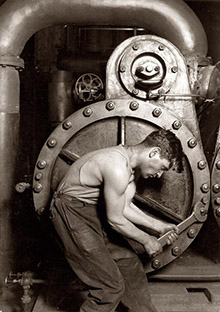
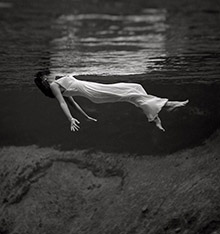
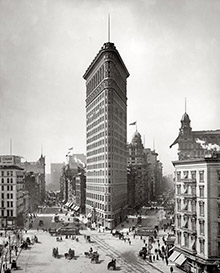

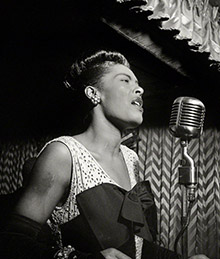
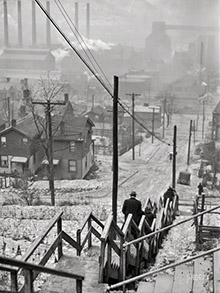
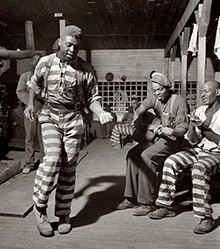

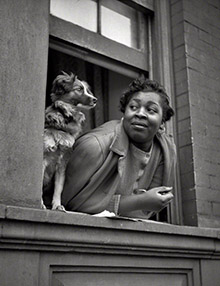
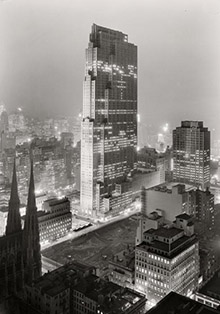

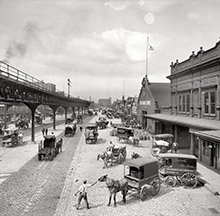
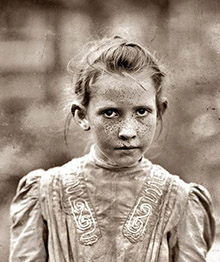

On Shorpy:
Today’s Top 5